Tree Bark Fruit Bowl

by
Robin Lewis
(IC: vlogger)
4 Materials
$40
4 Days
Easy
The main thing you’ll need for this project is a piece of bark, one that’s big enough to hold a fair amount. The one I had was about 500mm long and it pretty good shape.
{
"id": "4551191",
"alt": "",
"title": "",
"video_link": "https://www.youtube.com/embed/tFPCC7kmscM",
"youtube_video_id": "tFPCC7kmscM"
}
{
"width": 634,
"height": 357,
"showRelated": true
}
You want to make sure that the bark is in good condition and that there’s a good amount of phelloderm (I had to Google the word) still attached.
In my case the bark was very delicate so I chose to epoxy the outside first. I used West System epoxy, a very common brand of epoxy. This project would probably be cheaper if you used a resin, but if you choose to use epoxy it will work just as well.
Use a paint brush to spread the epoxy over the bark as you pour it on. You want the epoxy to get under the bark and between any gaps.
Don’t be shy applying the epoxy. The more you add the stronger the bark will all hold together.
I used a piece of old plywood underneath the bark and a 2x4 to prop it up. This way the epoxy could run off the bark as much as it liked.
When the first side has finished drying (usually 24 hours) cut the ends of the bark off. By now the bark should be very rigid from all the epoxy so you shouldn't have any trouble making a clean cut with a hand saw.
Sand any cuts and remove any sharp edges.
Now apply epoxy to the inside of the bark and end grain.
By the time you're finished all the bark should be encapsulated in epoxy.
For legs I used 2 pieces of hardwood I had on hand. These were roughly 4" high which gave the bark some clearance above the surface it was sitting on.
Clamp the 2 panels onto either end of the bark. Using a pencil trace the outline of the bark onto the panels.
Now remove the panels and mark at least 3 spots to drill holes for dowels.
Try to line up the holes with the thickest parts of the bark. You're going to be driving these dowels into the bark so the more "meat" they have to hold onto the better.
Drill the holes for the dowels using either a hand drill or a drill press then clamp the panels back in place on the bark.
Now, using a hand drill, drill through the existing holes and into the bark. You only need to go into the bark a few centimetres, you're just stopping the bark from splitting open.
Using more epoxy, knock some dowels through the leg panels and into the holes. Leave this to dry in the clamps.
Once the epoxy drys cut off the excess dowels and sand the outside surfaces of the legs.
I finished the entire piece with spray varnish. This way I knew I could get the varnish into all the cracks without applying too much. I applied 2 coats of finish.
Make sure to wait a couple of days before putting any fruit into the bowl, but once the finish fully cures it becomes inert and is safe to be used.
Enjoyed the project?
Resources for this project:
See all materials
Any price and availability information displayed on [relevant Amazon Site(s), as applicable] at the time of purchase will apply to the purchase of this product.
Hometalk may collect a small share of sales from the links on this page.More info
Published December 21st, 2017 8:20 AM
Comments
Join the conversation
2 of 61 comments
-
-
 Kat34536275
on Jan 24, 2022
Kat34536275
on Jan 24, 2022
I am a wood loving primitive kinda girl.
when I saw that bard I thought…. OMg it needs a cross wood base to just hold it. No need to fill in the ends. It’s just beautiful in its own natural state. I would have choose to use the epoxy also so as not to lose the bark.
‘Also you are truly a great woodworker.
-



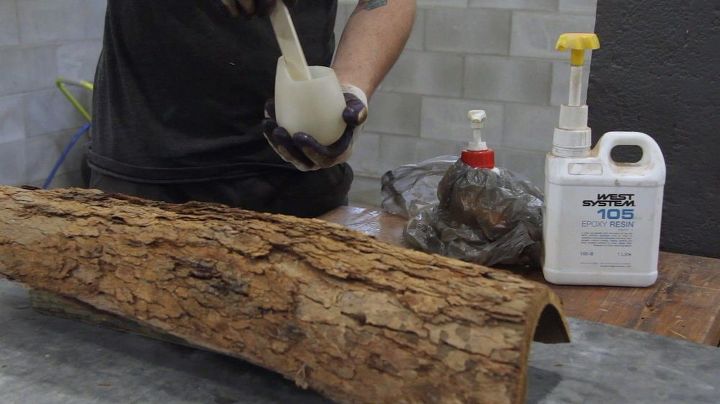


















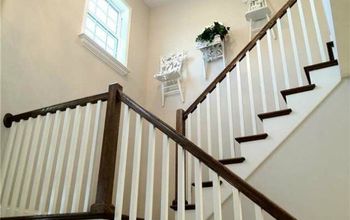




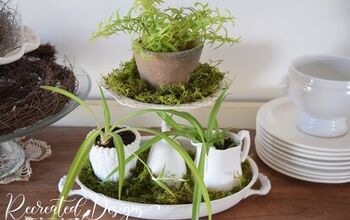


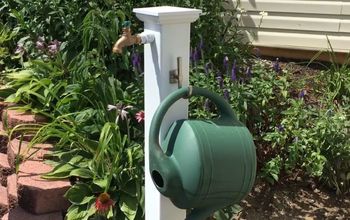


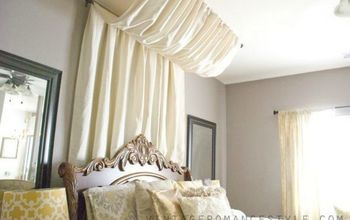
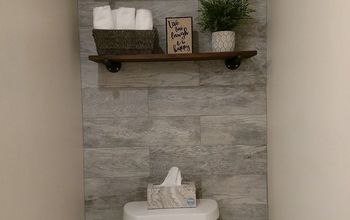

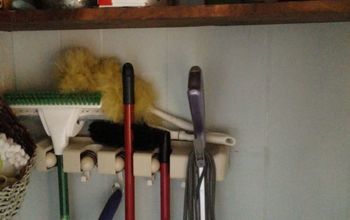



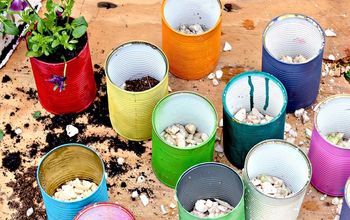

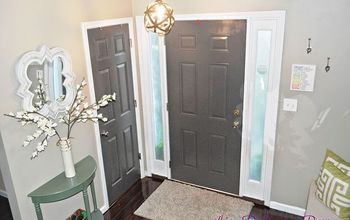
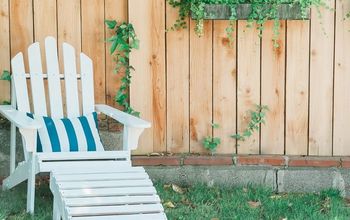
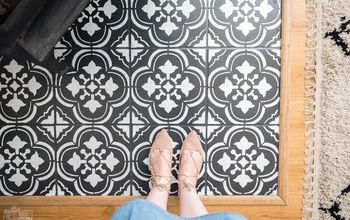
Frequently asked questions
Have a question about this project?
Did you mix hardener to epoxy in the silicone cup prior to brushing on the bark ?
Is the epoxy food safe? it would make a great dough bowl.
Gail Backer
People ask where you got this product or that, but I'm curious bout where you got the bark? I live in a big city and there isn't any bark laying around anywhere. LOL Your project looks very nice and unique.